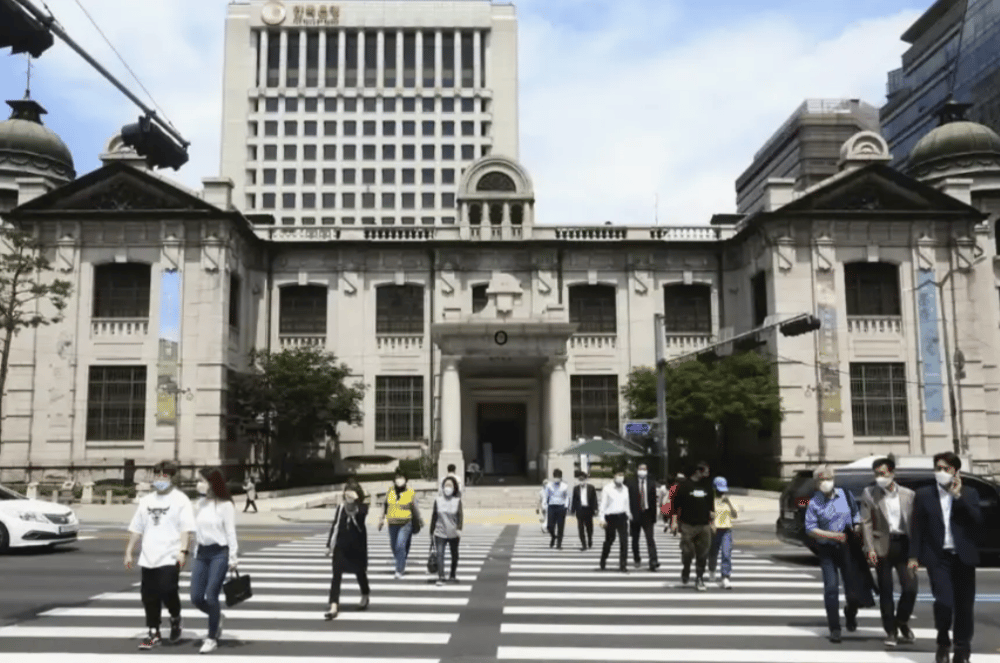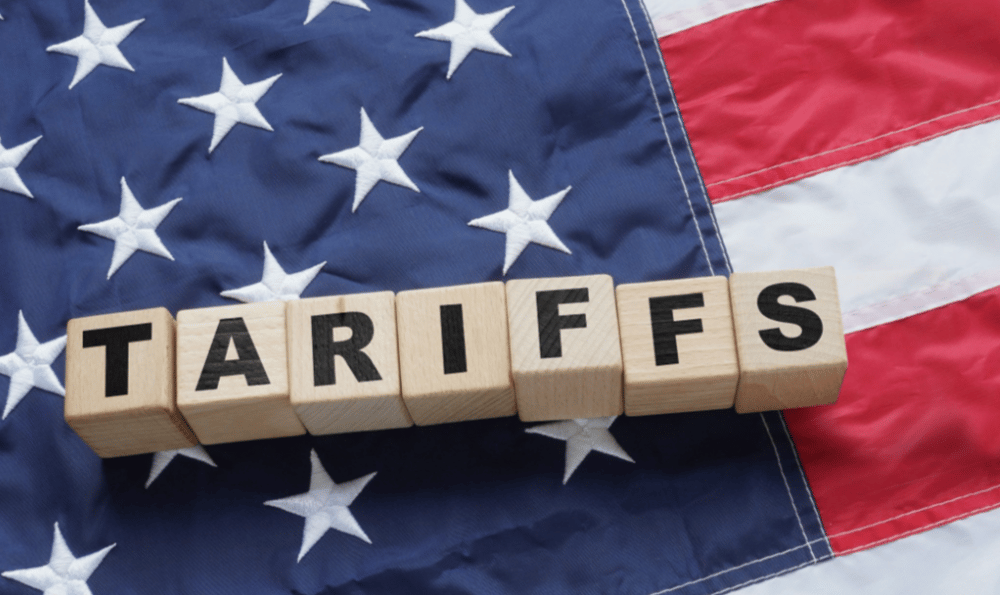South Korea’s manufacturing sector faced further contraction in May 2025, reflecting sustained pressure from declining domestic demand and intensifying trade friction with the United States. According to the latest data from S&P Global, the country’s Purchasing Managers' Index (PMI) edged slightly higher to 47.7 from April’s 47.5 but remained below the 50-point threshold that separates expansion from contraction.
The persistent decline marks the fourth consecutive monthly drop in industrial activity, amplifying concerns over South Korea’s economic resilience amid global trade disruptions and weakening internal consumption.
Declining Orders and Tariff Exposure Hit Output
The marginal improvement in the PMI failed to offset broader concerns, as new orders fell at the fastest pace in five years. Export-dependent sectors, particularly electronics and automotive manufacturing, were hit by U.S. trade policy shifts, including renewed import tariffs on technology and industrial goods.
Softer household consumption and delayed business investments added further pressure. South Korea's reliance on overseas markets for its industrial exports—especially China and the United States—has made it vulnerable to macroeconomic headwinds, including slowing global growth and currency volatility in the KRW.
Key May Manufacturing Highlights
PMI increased marginally to 47.7 (from 47.5), still in contraction
New orders fell at the steepest rate since 2020
Domestic demand remained sluggish
U.S. tariffs on electronics and industrial inputs weighed heavily
Export volumes declined across major categories, notably semiconductors
Market Impacts and Industry Sentiment
Market sentiment in Seoul has remained cautious. The KOSPI index showed limited movement following the PMI release, reflecting already priced-in pessimism. Currency markets saw moderate KRW depreciation against the USD, with investors seeking clarity on South Korea’s fiscal and trade policy response.
Industry feedback collected as part of the S&P Global survey highlighted concerns about inventory accumulation, rising input costs, and subdued client demand—both domestically and abroad. Manufacturers are increasingly looking toward automation and regional supply chain shifts to mitigate trade exposure.
The government may consider additional stimulus measures or strategic subsidies for export-sensitive industries to maintain production levels and employment.
Strategic Industry Insights
Manufacturing downturn persists: Four months of contraction signals sectoral fragility.
Demand-side weakness: Domestic orders remain soft despite minor PMI uptick.
Tariff burden grows: U.S. protectionism intensifies external risk for Korean exporters.
Currency pressure: KRW weakness offers limited relief due to weak overseas demand.
Policy response awaited: Markets anticipate fiscal intervention or sectoral support.
Structural Strain in South Korea’s Export-Led Growth Model
South Korea's industrial economy remains under stress, as May marked yet another month of manufacturing contraction. The modest rise in PMI offers little comfort against a backdrop of falling orders, global trade headwinds, and the lingering effects of U.S. tariffs on strategic exports.
While the Bank of Korea and fiscal policymakers monitor conditions closely, structural dependence on external demand remains a critical vulnerability. Future resilience may hinge on diversification of export markets, increased domestic consumption, and enhanced innovation in manufacturing processes.








Forward-thinking capital allocation is fueling breakthroughs across the tech sector